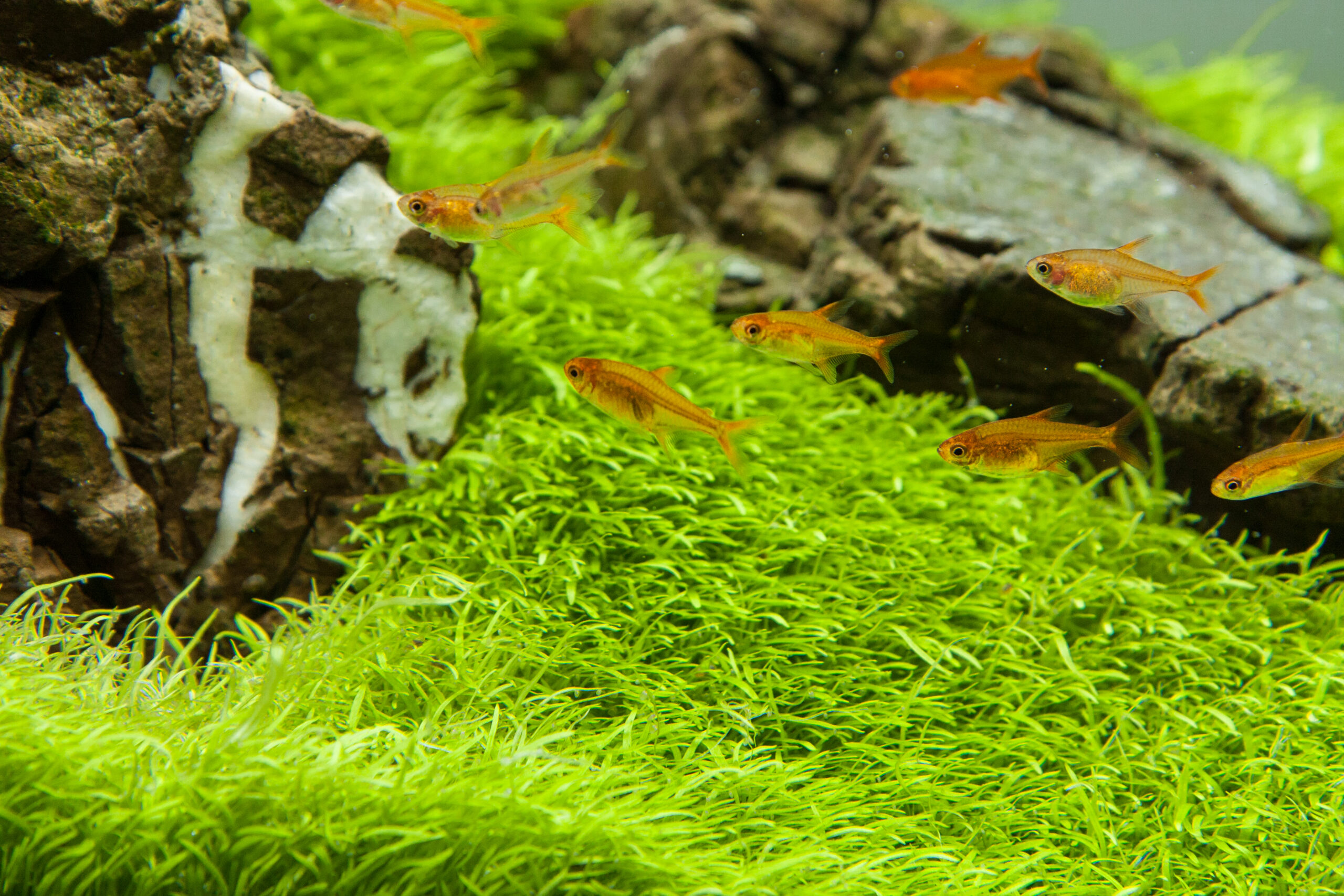How to choose a heater for aquarium?
One of the most important pieces of equipment in a home aquarium is the heater. Usually at the beginning of the adventure with aquaristics there is a problem with choosing the appropriate aquarium equipment. While you know more or less what equipment you will need (if you still have doubts read Technical equipment of the aquarium, the choice of a specific model with certain parameters is sometimes quite a challenge. One of these problematic devices is a heater.
Why is a heater needed in an aquarium?
Fish as cold-blooded animals, in contrast to birds and mammals, do not possess mechanisms of independent thermoregulation. Thus, they do not have the ability to maintain body temperature at a constant, desired level. Their temperature depends on the temperature of the environment, i.e. water. It is important to realize that most organisms function best within a fairly narrow temperature range. This is due to the fact that it is in this particular temperature range that enzymes involved in metabolic processes are most active. This is known as the thermal optimum.

Aquarists most often keep tropical fish, so their tanks needs to be equipped with a heater. Otherwise, fish kept at a temperature below their thermal optimum will not display their full colors and natural behavior. In addition, they will grow more slowly, will not reproduce, and their immunity will be much poorer. As a result, disease outbreaks and shorter fish lives can be expected.
Large temperature fluctuations are also not advisable, so it’s a bad idea to constantly turn the heater on and off. It is also important to note that the air temperature above the water surface should not be lower than the water temperature when keeping labyrinth fish such as gouramis, Colisa or bettas. This has to do with the labyrinth fish breathing atmospheric air. This is done by the labyrinth organ, which is vulnerable to infection due to the cold. In order to prevent the fish from getting sick, they should be kept in aquariums equipped with heaters and quite tightly covered with glass or a cover.
When is it okay to give up a heater?
Considering the fact that the average temperature in our flats oscillates around 21°C. A heater will not be necessary in every case. Species that live in cooler waters of subtropical and temperate climates, due to the fact that they do not present such diversity and multitude of colours as tropical fish, are less common in aquaria. Fish that are comfortable at lower temperatures and do not need water heating at home include the rainbow minnow (Notropis chrosomus), the striped danios (Brachydanio rerio), White Cloud Mountain minnow (Tanichthys albonubes), the paradise fish (Macropodus opercularis) and pumpkinseed (Lepomis gibbosus). These fish will feel and thrive well at temperatures in the range of 18-22°C.
Types of aquarium heaters
Technology today provides many solutions and the choice is quite large. In terms of control, we can divide heaters into those with built-in thermostat and those that must be connected to an external thermostat. Most aquarium heaters are glass and plastic heaters designed to be submerged in water. The latter work especially well in aquariums with large, strong fish that could break the glass heater. You can also find heaters in plastic casing on the market. They are designed to protect the heater from breaking and the fish from getting burned. Yes – it happens. This applies to rays, for example. There are also solutions where the heating element has been placed in the body of the bucket filter and in-line heaters that are mounted on the water circuit. These solutions allow to avoid unattractive devices in the tank, which are sometimes difficult to mask with decorative elements.

How to choose a heater for aquarium?
Some people use two heaters at the same time. They both have enough power to heat the tank on its own and the second one acts as a backup. If a failure of one of the heaters is not immediately diagnosed, the operation of the other heater prevents a possible drop in temperature. What type of heater we choose depends mainly on our expectations and preferences.
The most important thing to pay attention to is the power of the heater. It depends on the size of the aquarium, the temperature of the room where it will be set up and the desired target temperature we want to achieve. Heater producers attach to the product information as to what size aquarium a given heater is intended for. It may help you to choose the best suited one. It is assumed that – depending on the input and target temperature – 0.5-1.0 W of heater power should be required for each liter of water. Thus, an aquarium of 450 l capacity should be equipped with a 300 W heater. This guarantees that the device will be reliable and safe for the aquarium inhabitants.
Safety
If you are just beginning your adventure with aquaristics, it is worth reading the heater’s manual carefully. It will not be obvious to everyone that the heater can be only turned on when it is submerged in water. If aquarists are going to carry out cleaning work in the tank, they should also absolutely remember to switch off the heater. Firstly because they will be putting their hands in the tank and would rather not be electrocuted. Secondly, lowering the water level in the aquarium during a water change can expose the heater, causing damage.
Aquarium heater and ecology
A lid matched to the aquarium will not only limit water evaporation and related losses but also reduce heat loss. Insulating the back and side walls of the aquarium with well-insulating materials, such as foamed polystyrene or styrodur, may significantly reduce the costs of heating the tank. Fish owners often maintain a high room temperature, which keeps tank heating costs down.










